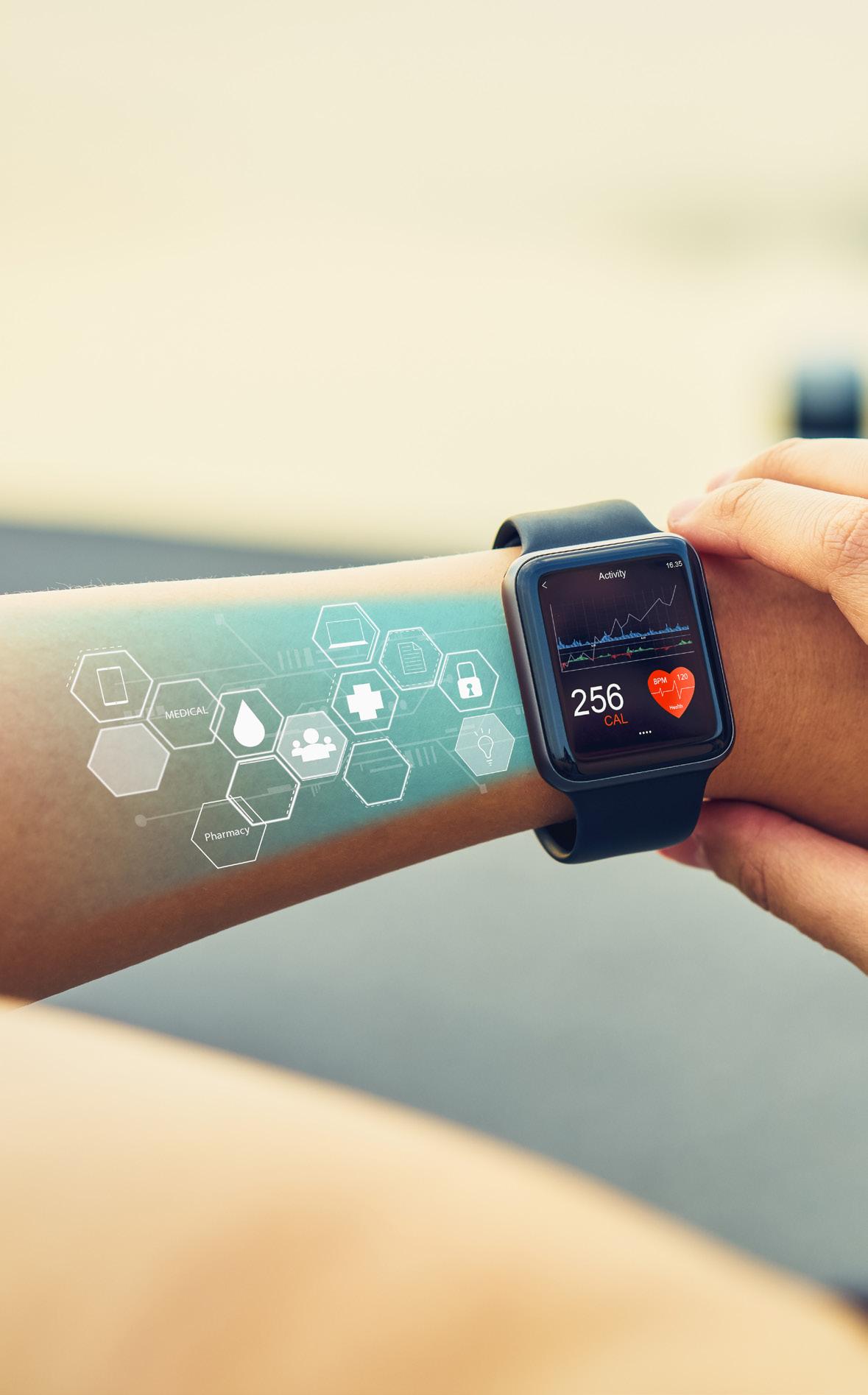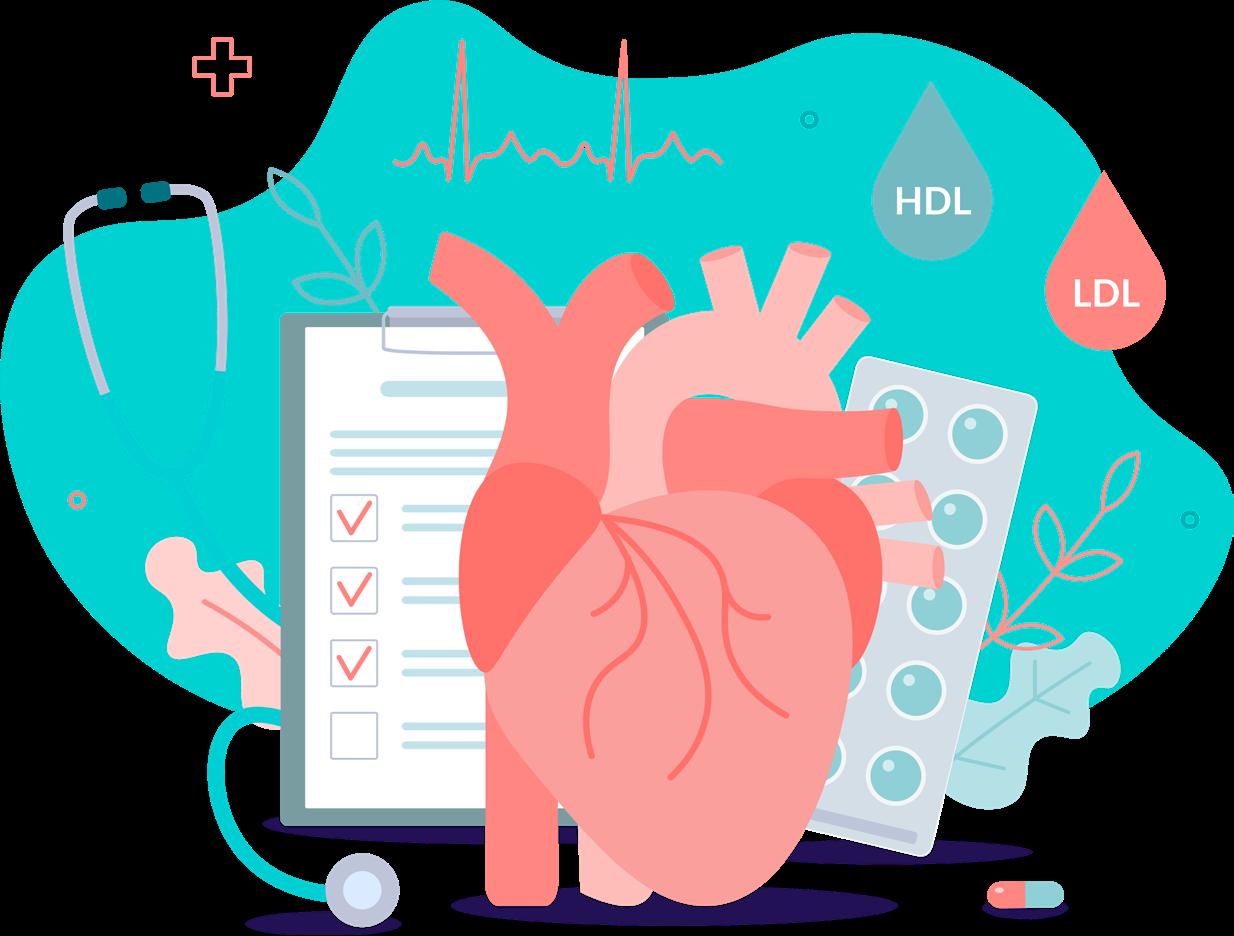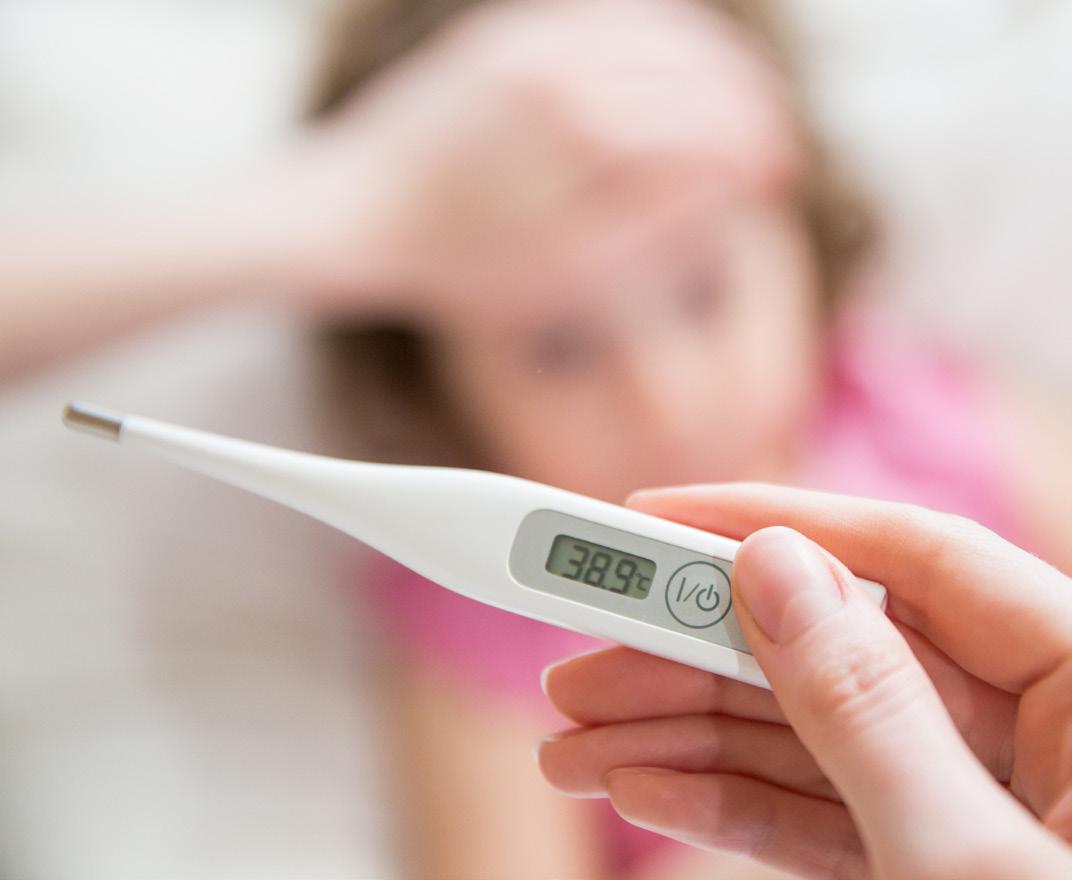&FITNESS YOUR PHYSICAL HEALTH
plus articles on suicide prevention and work-life balance

SEPTEMBER 2023 NEWSLETTER
In this issue, we dive into some critical areas that directly impact our lives. Understanding our health metrics is essential for making informed decisions about our wellbeing and empowering us to take charge of our health by monitoring key indicators like blood pressure, pulse rate and cholesterol levels. Suicide prevention awareness equips us with the knowledge and tools to recognise signs of distress and offer meaningful help. And maintaining equilibrium between our work and personal lives is essential for our overall wellbeing. Enjoy!
Know Your Numbers
Do your know what your BMI or blood pressure should be? What is healthy and what is not? Let’s take a look…
Blood pressure (BP): your heart is a muscular pump. It pumps blood around your body using a system of blood vessels. BP is created by the force of your heart pumping blood out and the resistance of the vessel walls through which the blood passes.
BP is measured in millimetres of mercury (mmHg) and is usually written down like this: 120/70 mmHg. There are two numbers, because BP varies as the heart beats. The high number is the peak pressure created as the heart beats.
The lower number is the residual pressure within the vessels as the heart rests between each beat. High BP is a reading greater than 140/90 mmHg. High BP is also known as hypertension.
Ideally, we should all have a BP below 120/80. This is the ideal BP for people wishing to have good health. At this level, we have a much lower risk of heart disease or stroke.
Most adults in the UK have BP readings between 120/80 to 140/90. If your BP is within this range, you should be taking steps to bring it down or to stop it rising any further.
If you have diabetes, your doctor will want to make sure that your BP is very well controlled. This means they will probably want it to be below 130/80 mmHg.

Heart rate (or pulse): a normal resting heart rate for adults is between 60 to 100 beats a minute. Generally, a lower heart rate at rest implies more efficient heart function and better cardiovascular fitness, e.g. a well-trained athlete might have a normal resting heart rate closer to 40 beats a minute.
You may have heard of the term “sinus rhythm”. This is the name given to the
2 | | Your Health Newsletter www.healthpartnersgroup.com Health Your
Commonly accepted BMI ranges are:
Underweight = less than 18.5 kg/m2
Normal weight = 18.5 to 25 kg/m2
Overweight = 25 to 30 kg/m2
Obese = more than 30 kg/m2
normal rhythm of the heart, where the electrical impulses that pace the heartbeat are in a regular and rhythmical manner.
Body mass index (BMI): is a value derived from the weight and height of an individual. It is an attempt to quantify the amount of tissue mass (muscle, fat and bone) in that individual and then categorise that person as underweight, normal weight, overweight,
or obese based on that value. Check out https://www.nhs.uk/live-well/healthyweight/bmi-calculator/
People of Asian descent have different associations between BMI, percentage body fat and health risks than those of European descent.
BLOOD GLUCOSE/BLOOD SUGAR: The average normal blood glucose level in humans without diabetes fluctuates but it should be between 4.0 and 7.8 mmol/L. Both numbers are important.
Hyperglycaemia is the medical term for a high blood sugar level. (Greater than 11.1 mmol/L (200mg/dL). It is a common problem for people with diabetes. It happens when the body has too little insulin or when it can’t use insulin properly. Hypoglycaemia is when a person’s blood sugar drops too low. (Less than 4 mmol/L (70mg/dL).
Blood sugar levels are usually at their lowest in the morning, before the first meal of the day (termed the fasting level), and rise after meals for an hour or two by a few mmol/L. Blood sugar levels outside of the normal range may be an indicator of a medical condition.

If you are diabetic, your medical team will test your blood regularly for a substance called HbA1c.
HbA1c differs from blood glucose levels. It is a blood protein made from a combination of haemaglobin and glucose (or sugar). The measurement allows clinicians to get an overall picture of what your average blood sugar levels have been over a period of weeks/months. HbA1c can indicate people with pre-diabetes or diabetes as follows:
Your Health Newsletter | | 3 www.healthpartnersgroup.com YOUR FITNESS & PHYSICAL HEALTH
Normal
42
47
Diabetes
mmol/mol
Below 42 mmol/mol (<6.0%) Prediabetes
to
mmol/mol (6.0%-6.4%)
>=48
(>=6.5%)
CHOLESTEROL: this is a waxy, fat-like substance found in all cells of the body. Your body needs some cholesterol to make hormones, vitamin D and substances that help you to digest foods. Your body makes all the cholesterol it needs; however, it is also found in some of the foods you eat.
High blood cholesterol is a condition in which you have too much cholesterol in your blood. By itself, the condition usually has no signs or symptoms. Thus, many people don’t know that their cholesterol levels are too high. People who have a high blood cholesterol have a greater chance of getting coronary heart disease.
A cholesterol test is a blood sample which will provide a full “lipid profile”. In other
Low-density Lipoproteins (LDL) and High-density Lipoproteins (HDL):
n LDL is sometimes called the “bad” cholesterol. A high-level leads to a build-up of cholesterol in your arteries
n HDL is sometimes called the “good” cholesterol. This is because it carries cholesterol from other parts of your body back to the liver where it is removed.
words, it will measure the levels of all the different blood fats: total cholesterol, LDL- cholesterol, HDL- cholesterol, and triglyceride concentration.


Cholesterol travels through your blood stream in small packages called lipoproteins. There are two kinds:
Low-density Lipoproteins (LDL) and Highdensity Lipoproteins (HDL). Please refer to the box on the left for more information.
Triglycerides are a form of dietary fat found in meats, dairy produce, and cooking oils. After eating a meal, the blood is rich in triglycerides.
It usually takes a few hours for triglyceride levels to return to normal.
The higher the level of LDL cholesterol in
4 | | Your Health Newsletter www.healthpartnersgroup.com Health Your
your blood, the GREATER your chance is of getting heart disease. The higher the level of HDL cholesterol in your blood, the LOWER your chance is of getting heart disease.
Having a test is the only way you will know if you have high cholesterol.
The following are considered healthy for most people:
n Total cholesterol of 5mmol/L or less

n Non-HDL-cholesterol of 4mmol/L or less
n LDL-cholesterol of 3mmol/L or less
n Fasting triglyceride of 2mmol/L or less


n Non-fasting triglyceride of less than 4mmol/L
TEMPERATURE: most people think a normal body temperature is an oral temperature (by mouth) of 37°C (98.6°F).
This is an average of normal body temperatures. Your normal temperature may actually be 0.6°C (1°F) or more above or below this. Also, your normal temperature changes by as much as 0.6°C (1°F) during the day, depending on how active you are and the time of day and is affected by hormones.
A fever (pyrexia), in most adults, is an oral temperature above 38°C (100.4°F). A child has a fever when their armpit (axillary) temperature is 37.6°C (99.7°F) or higher. Very high temperatures in children can result in febrile convulsions.
Low body temperature (hypothermia) occurs when the core body temperature drops below 35.0 °C (95.0 °F). A very low body temperature can be serious or even deadly. Low body temperature usually happens from being out in cold weather. But it may also be caused by alcohol or drug use, going into shock or certain disorders such as diabetes or low thyroid.

Your Health Newsletter | | 5 www.healthpartnersgroup.com YOUR FITNESS & PHYSICAL HEALTH
“Many people don't know that their cholesterol levels are too high.”
Suicide Prevention
Five action steps you can take to support someone in crisis:
WATCH OUT
For warning signs, distress and changes in behaviour.
SPEAK UP & ASK
“Are you thinking about hurting yourself?”. It’s not an easy question, but by asking someone who is struggling, you may help save a life.
BE SUPPORTIVE
n Take the person seriously; listen to them careful and without judgement;
n Try to offer hope by assuring the person that, with the right help, their suicidal thoughts will pass with time;

n Try not to act shocked and/or try to ‘fix’ problems;

n Don’t promise confidentiality and don’t blame yourself.
GET PROFESSIONAL HELP
n Try to encourage the person to get the help they need – you can call a crisis line for advice and referrals;
n You might be able to motivate them to see a mental health professional, help locate a treatment facility or even take them to a doctor’s appointment;
n If you think the risk of suicide is high or imminent, respond quickly and ring 999.
STAY CONNNECTED
Keeping in touch after a crisis can make a significant difference – studies have shown the number of suicide deaths go down when someone follows up with an at-risk person. If you are experiencing suicidal thoughts or want to support someone who is, you can call a phoneline or message a text line.

6 | | Your Health Newsletter www.healthpartnersgroup.com Health Your
IF YOU NEED HELP:
SAMARITANS
Call 116 123
Email jo@samaritans.org
SHOUT CRISIS TEXT LINE
Text “SHOUT” to 85258
YOUNGMINDS CRISIS MESSENGER
For people under 19 Text “YM” to 85258
CAMPAIGN AGAINST LIVING MISERABLY (CALM)
Call 0800 58 58 58 5pm to midnight every day
Visit the webchat page: www.thecalmzone.net
PAPYRUS
For people under 35 Call 0800 068 41 41 9am to midnight every day
Text 07860 039967
Email pat@papyrus-uk.org
CHILDLINE
For children and young people under 19 Call 0800 1111 – the number will not show up on your phone bill.
SOS SILENCE OF SUICIDE
For everyone
Call 0300 1020 505 4pm to midnight every day
Email support@ sossilenceofsuicide.org
If you’re experiencing a mental health problem or supporting someone else, you can call SANEline on 0300 304 7000 (4.30pm–10.30pm every day)
NATIONAL SUICIDE PREVENTION HELPLINE UK
Offers a supportive listening service to anyone with thoughts of suicide. You can call the National Suicide Prevention Helpline UK on 0800 689 5652 (open 24/7).

WHO ELSE CAN YOU TALK TO? Call a GP – ask for an emergency appointment. Call 111 out of hours – they will help you find the support and help needed contact mental health crisis team – if you have one or the person you are concerned about has.

IS YOUR LIFE OR SOMEONE ELSE’S LIFE IN IMMINENT DANGER?
If you have seriously harmed yourself – for example, by taking a drug overdose – or if you feel that you may be about to harm yourself or if you are worried about someone else’s life being in an immediate danger, do not delay: call 999 or go straight to A&E.
Your Health Newsletter | | 7 www.healthpartnersgroup.com
SUICIDE PREVENTION
Getting Our Work-Life Balance Right
With ever-changing technology and accelerated globalisation in the 21st Century, we are constantly on the go and are finding it ever harder to “switch off". This is having devastating consequences for our health. Insufficient rest contributes to an increased risk of obesity, type 2 diabetes and heart disease due to inflammation within the body. A staggering 80% of GP consultations are thought to be related to having a poor work-life balance.
THE PSYCHOLOGICAL SYMPTOMS OF INFLAMMATION WITHIN THE BODY
n Feeling down and putting yourself down.
n Lacking self-confidence, motivation and energy.
n Reduced desire to do the things you usually love doing.
Not relaxing or having any “down time” to do the things you enjoy can lead to insomnia, burn-out, auto-immune disease and mental health problems, including
anxiety and depression.
People tend to think about the consequences of not having a healthy worklife balance only after they have become run down and sick. This is usually due to the pressure and expectations they put on themselves to remain productive.
HOW DO YOU DEFINE PRODUCTIVITY?
n The amount of work you get done?
n Time spent with friends and family?
n Time spent doing the things you love and enjoy?
THE BENEFITS OF CREATING A WORK-LIFE BALANCE

n Weight loss
n Improved sleep
n Increased productivity
n Improved resilience
n Reduced stress and anxiety
n Better concentration.
8 | | Your Health Newsletter www.healthpartnersgroup.com Health Your
20 TIPS ON HOW TO START CREATING A HEALTHY WORK-LIFE BALANCE

1. Implement at least 15 minutes of ‘No Screen Me-time’ every day.
2. Have a hot beverage sitting by a window, garden or outside space.
3. Have a daily practice of stillness – listen to music, have a relaxing bath, read a book or magazine.
4. Eat one meal per day around the table at home/work without an E-device.
5. Walk at least 10,000 steps per day.
6. Manage your commotion.
7. Plan – Have a daily to do list including your ‘me time’.
8. At the end of emails write: ‘NNR: No Need to Reply’ where it applies to save both you and your recipient time and energy.
9. Cook whilst listening to music or your favourite podcast.
10. Do some gardening.
Your Health Newsletter | | 9 www.healthpartnersgroup.com WORK-LIFE BALANCE
20
11. Have a tech-free lunch break (at least 20 minutes). You will be calmer, more productive and less stressed.
12. Have a No-Email Evening Rule (If you work office hours).
13. Book in short conversations with your colleagues as part of your work culture, within your working day.
14. Sit on a park bench relaxing.
15. Find something to do twice a week, that you love and that is just for you.
16. Try some dancing or singing.
17. Try yoga or Tai Chi.

18. Book in time to spend with your friends monthly.
19. Try some mindfulness or meditation for at least five minutes daily.
20. Practice deep breathing.
10 | | Your Health Newsletter www.healthpartnersgroup.com Health Your
TIPS ON HOW TO START CREATING A HEALTHY WORK-LIFE BALANCE
“80% of GP consultations are thought to be related to having a poor work-life balance.”
DELIVERABLES AND OUTCOMES VERSUS PRESENTEEISM
Research shows that two hours out of each day is unproductive.
This equates to a whole working day per week. Why is this? It is due to several factors such as IT failures, poor meetings, distractions and interruptions, poor project management.
Your eating habits and lack of exercise can affect your productivity at work.
It is not uncommon now to see gyms in the workplace or healthy snacks in the office. Some companies are now working towards more flexible working or a four-day working week.
Studies have found that these companies have a happier, and healthier workforce, resulting in an increase in productivity, thus improving the company’s profits. This is largely due to workplace culture, where the outcome (result of your work) is the goal whilst at work, instead of the hours in the office.
This approach allows for flexible schedules, accommodating doctor appointments, family emergencies and any personal issues to be addressed accordingly.
HOW DO WE INCREASE PRODUCTIVITY IN THE WORKPLACE?
n A healthy food offering in the work canteen.
n A quarterly team day/evening out to socialise and have fun.
n Workshops for learning and development so employees stay motivated to progress.
n Work collaboratively with all departments using forums and software to help you.

n Shorten meetings by 15 minutes, by directing questions via email to the meeting organiser afterwards.
n Turn off mobile phone notifications and set ring tones for the important people in your life to reduce distractions.

n Don’t allow emails to be the first thing you think about in the morning and the last thing you see at night.
n Set targets daily, weekly, and monthly. This allows you to see clearly what you can get done in a short space of time. You can then maintain short bursts of productivity in your working day as opposed to an eight to 12-hour working day consisting of time spent unproductively.
n Use alternative presentation methods, e.g. ‘Keynote’ and ‘Prezi’, incorporating multimedia easily and smoothly.
n Schedule weekly/monthly performance reviews with employees instead of singular annual reviews.
n Value team performance as well as individual performance in the workplace.
NEXT ISSUE:
n Menopause
n Back Care Awareness
n Dyslexia Awareness
At Health Partners we offer a full range of tailored health and wellbeing services.
Our thinking is innovative. We constantly develop new responses and tools designed to address the health and wellbeing challenges that face your business and people.
Our commitment is total. We invest in our services, creating new ones and keeping in step with every client. We constantly explore new ways of working and make no compromises in the quality of our services.
Simply put, we are here to help people be their best.
Your Health Newsletter | | 11 www.healthpartnersgroup.com YOUR FITNESS & PHYSICAL HEALTH















